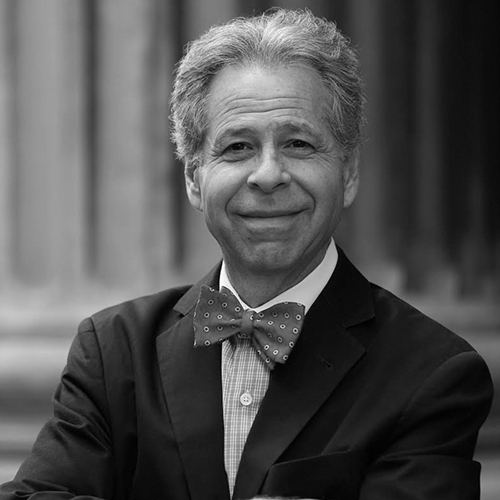Cybercrime has reached pandemic proportions across the globe. In headlines every day, there are stories about cybersecurity breaches that have wreaked havoc on businesses, organizations and individuals. The global cost of cybercrime has now reached well over $600 billion, or about 0.8 percent of global GDP. No company, organization, industry, individual or country is immune to cybercrime.
And with technology advancements in Cloud, IOT, and 5G, the need for effective cybersecurity becomes even more critical. The financial losses, reputation/brand damage, legal exposure and even national security concerns mandate that cybersecurity receives the highest level of attention at the c-suite and senior executive level.
While historically considered a technical issue primarily within the domain of the IT department, Cybersecurity must now be elevated to the highest levels in the c-suite and that is why they are discussing this critical c-level topic of Cybersecurity in the Nutanix Masterclass.
Delivered by Dr. Art Langer, Professor at Columbia University and Robert Duncan, CISO for Direct Line Group and Columbia University Cybersecurity Instructor, this invite-only Masterclass was hosted by Nutanix’s own CXO Leader EJ Bodnar.
Dr. Langer pointed to some of the newest issues impacting cybersecurity concerns. Among the key drivers, innovations and developments changing the risk attack surfaces out there are 5G, the explosion of IoT devices, the dramatic rise in data capture, the development of blockchain and the explosion of AI and ML across applications and the cloud.
As we welcome smarter smartphones with 5G, we will find that devices do become more useable. These are devices that will be able to store more data and perform more interactions.
“This will eventually push us towards a reality where laptop computers have a more limited lifecycle and the smartphone devices will become the most direct channel into enterprise systems. Voice technologies will get smarter too, because nobody wants to type out things that they can say,” said Dr. Langer.



Re-architecting for Reality
We know that there is an explosion of mini-applications today running on an increasing amount of microservices and containers. This – along with core developments in blockchain- drives the replication of data in many instances, which is an opportunity for efficiencies but also opens the door to faster-spreading risks in some cases.
Talking about the ‘tidal wave’ of challenges coming to us in the immediate future, Dr. Langer explained that all the new devices and increase in data will also increase the force of the dark web. With the amount of Input/Output (I/O) that will naturally now manifest itself, an inevitable explosion of risk will also face us.
With more technology, comes more data and so comes more risk. This issue is especially problematic when we look at the legacy applications that will interface with these new wider data streams.
In so many cases, we never designed our applications with security in mind. Dr. Langer thinks that the design of our systems as they are today cannot meet the challenge ahead. With blockchain-driven designs for the future, we can make some of the quantum leaps needed here. Plus, with quantum in mind, we also need to collectively decide whether quantum computing will finally deliver on the future in the way that industry evangelists think that it will.
We will move to a whole new world of platform design. Users themselves will be able to create mini-applications on their mobile devices themselves because there is a new level of independent component design working at the foundation technology substrate level.
“If you haven’t thought about this at all, that is worrying. If you have started to build a strategy designed to be ready for the next new world of technology, then that is encouraging,” said Dr. Langer.
Are We Just Chasing Windmills?
Robert Duncan, CISO for Direct Line Group and Columbia University Instructor followed up on Dr. Langer’s thoughts.
Asking whether we can every really get to a point where we are in control of cyber-security issues, Duncan suggested that some organizations may feel like they are just ‘chasing windmills’ i.e. running after an endless loop that flies away. He made this comment in light of the fact that as much as companies invest in security protection layers, cyber-criminals are always constantly pushing to go one faster, one better and one level more damaging with their attacks.


Additional Content

ARTICLE
Considering VDI? A Hyperconverged Infrastructure is Your Best Bet for Big ROI

Article
Security in the Covid-19 Era: Do you Have the Right Protocols in Place?







